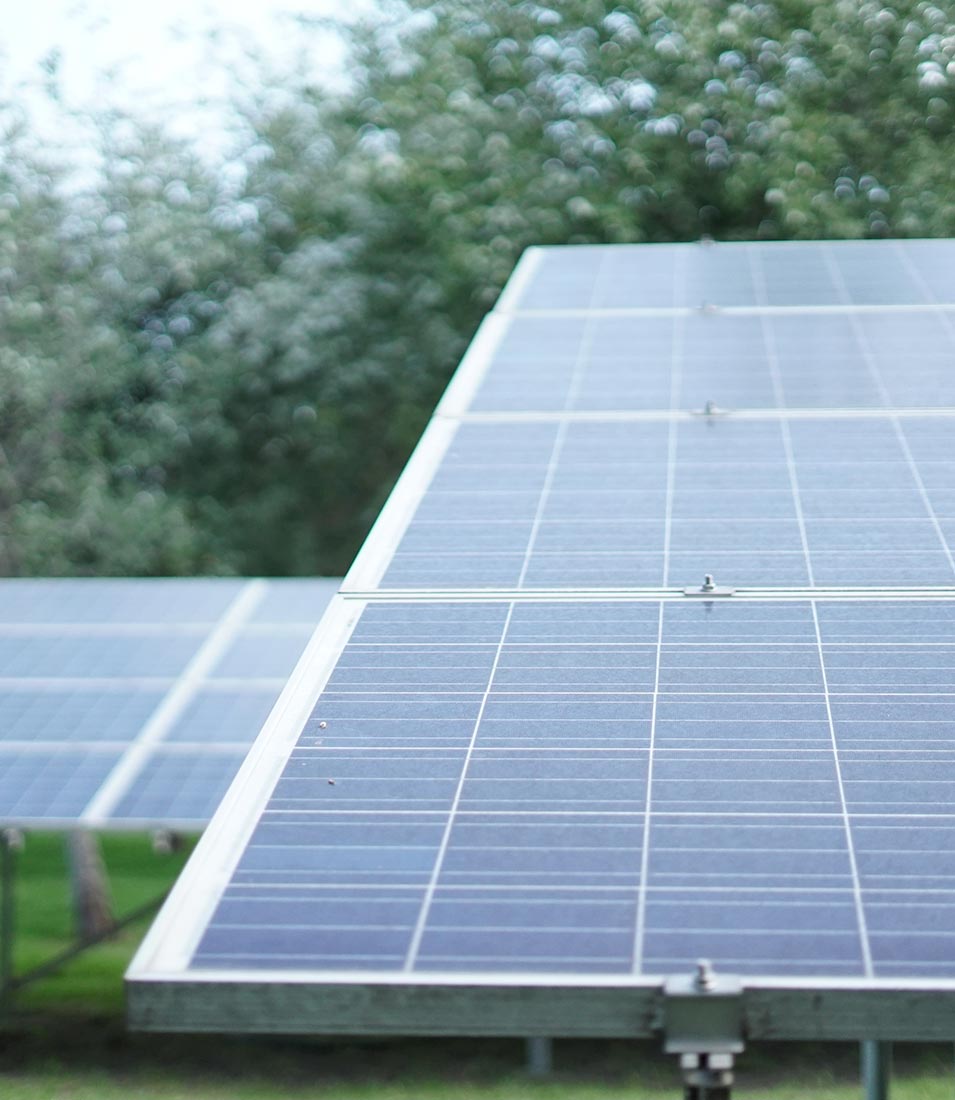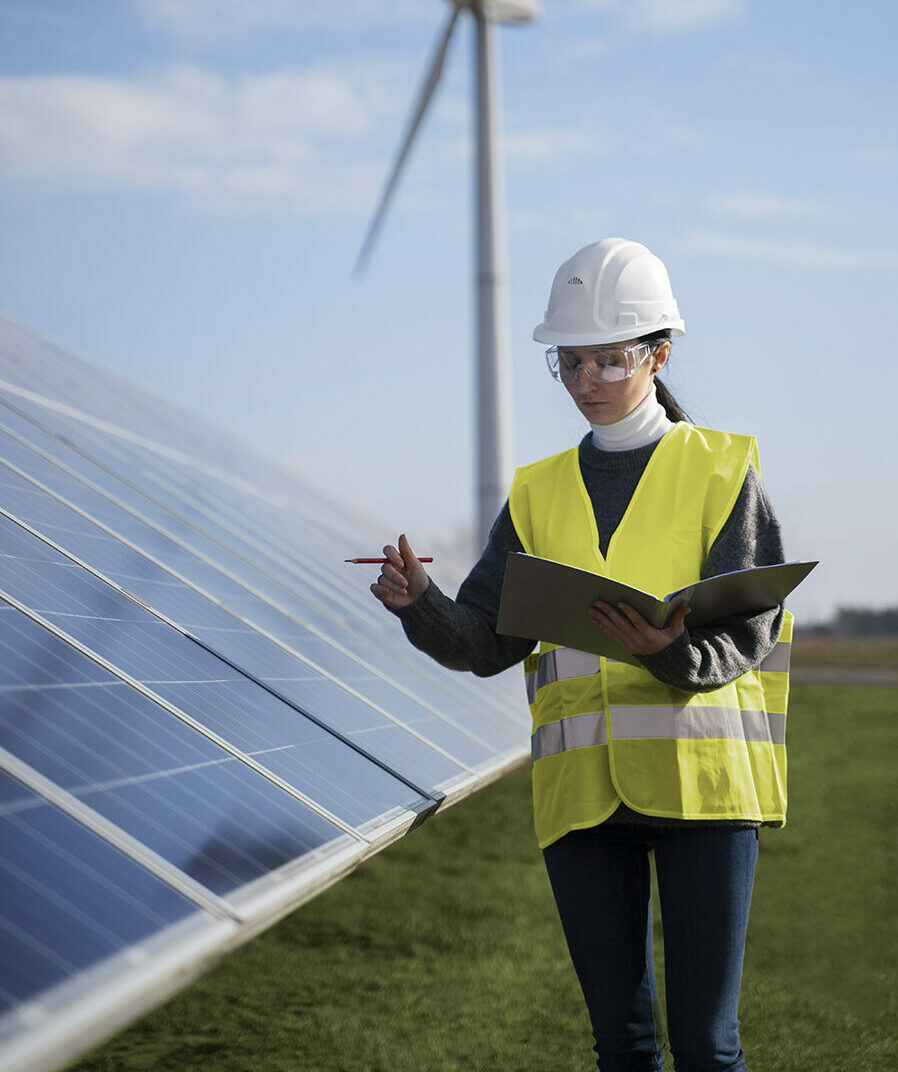
Romania Key Figures
TOTAL PIPELINE
AVAILABLE FOR INVESTMENT
INVESTMENT
OPERATIONAL CAPACITY
PROJECTS UNDER CONSTRUCTION
Romania Key Figures
TOTAL PIPELINE
INVESTMENT
CURRENT PIPELINE
OPERATIONAL POWER PLANT
UNDER CONSTRUCTION
Why Romania?
Modernisation Fund
- The Modernisation Fund is a European Union initiative designed to support 13 Member States in meeting their 2030 energy targets.
- Beneficiary Member States will collaborate closely with the European Investment Bank (EIB), the European Commission (EC), and the Investment Committee established for the fund.
- At least 70% of the Fund’s resources must be invested in “priority investments,” which include:
- Generation and utilization of electricity from renewable sources.
- Enhancement of energy efficiency across various sectors such as transport, buildings, agriculture, and waste, excluding energy efficiency related to solid fossil fuel energy generation.
- Energy storage solutions.
- Modernization of energy networks, including district heating pipelines, electricity transmission grids, and increased interconnections among Member States.
- Support for a just transition in carbon-dependent regions within the beneficiary Member States, including initiatives for the redeployment, re-skilling, and up-skilling of workers, education, job-seeking initiatives, and start-ups, in dialogue with social partners.


Recovery and Resilience Facility
- The reforms and investments in Romania’s plan are helping it to become more sustainable, resilient and better prepared for the challenges and opportunities of the green and digital transition. Following Council’s approval of Romania’s plan on 29 October 2021, Romania’s recovery and resilience plan was revised on 8 December 2023 also to introduce a REPowerEU chapter.
- The European Commission has adopted a positive assessment of Romania’s recovery and resilience plan, marking a significant step towards the EU disbursing €13,6 billion in grants and €14.9 billion in loans to Romania under the Recovery and Resilience Facility (RRF). This financing will support the implementation of the critical investment and reform measures outlined in Romania’s recovery and resilience plan.
- Romania’s plan allocates 44% of its total funding to the green transition. The plan emphasizes the green transition with key reforms focusing on the phasing out of coal and the decarbonization of road transport.
- These reforms and investments are expected to significantly decarbonize the energy sector and unlock the potential for renewable energy deployment.
- Additionally, the plan’s strong emphasis on energy efficiency in private and public buildings, the digitalization of road and rail transport, the deployment of electric vehicle charging infrastructure, climate change adaptation, and the circular economy will facilitate the green transition across all sectors of the economy.
Contract for Difference
To achieve the new national targets for renewable energy, the Romanian Government has published government order for the introduction of the Contracts for Difference (CfD) support mechanism.
Currently, 3 billion EURO aid has been paid to the Romanian government by the EU. Under this mechanism, 5 GWp capacity of renewable projects (2 GWp Solar and 3 GWp Wind) will benefit from an anchor price backed by the government and funded by EU.
Project company sells electricity at market prices or via long-term Power Purchase Agreements (PPA). The price difference operates in two ways:
- The project company receives payments from the CfD counterparty when the market reference price is below the strike price.
- The project company pays the CfD counterparty when the market reference price is above the strike price.
The CfD mechanism is designed to minimize political and market risks, creating an attractive and predictable environment for investors and creditors.
The first auction (1 GWp Solar and 1,5 GWp Wind) application process starting in June 2024 and expected to be concluded in September 2024.


